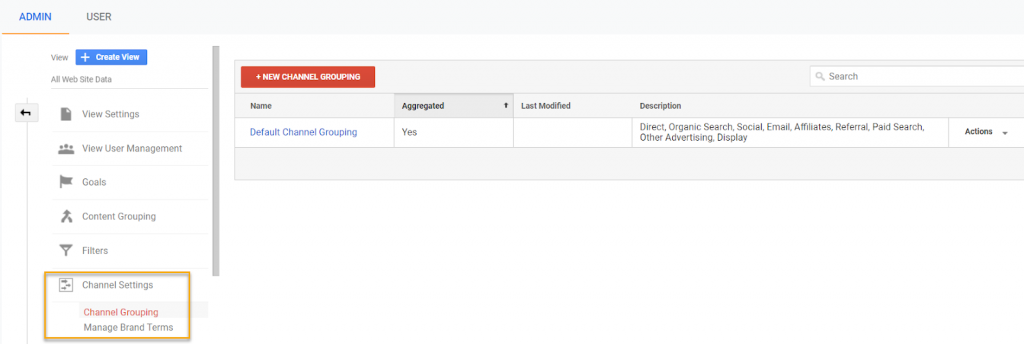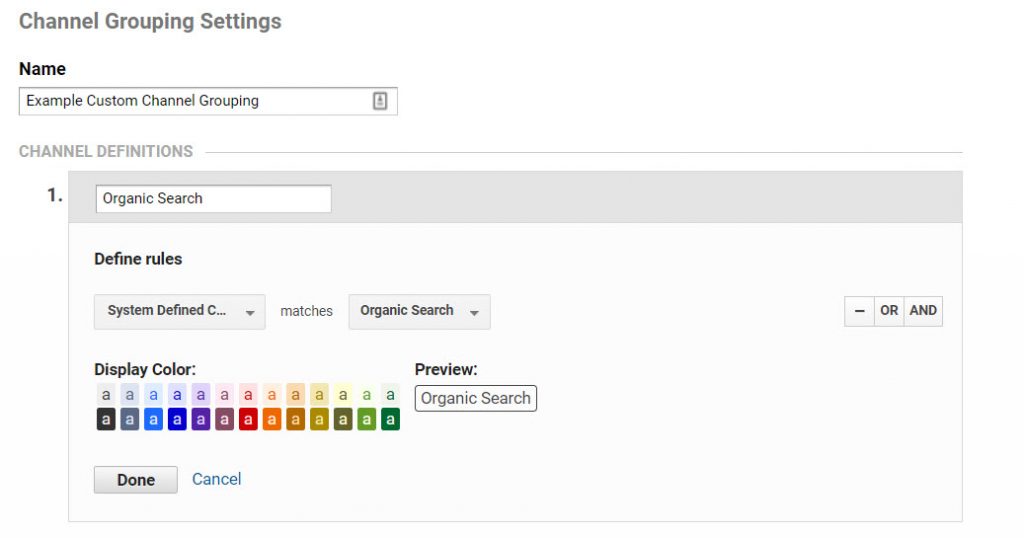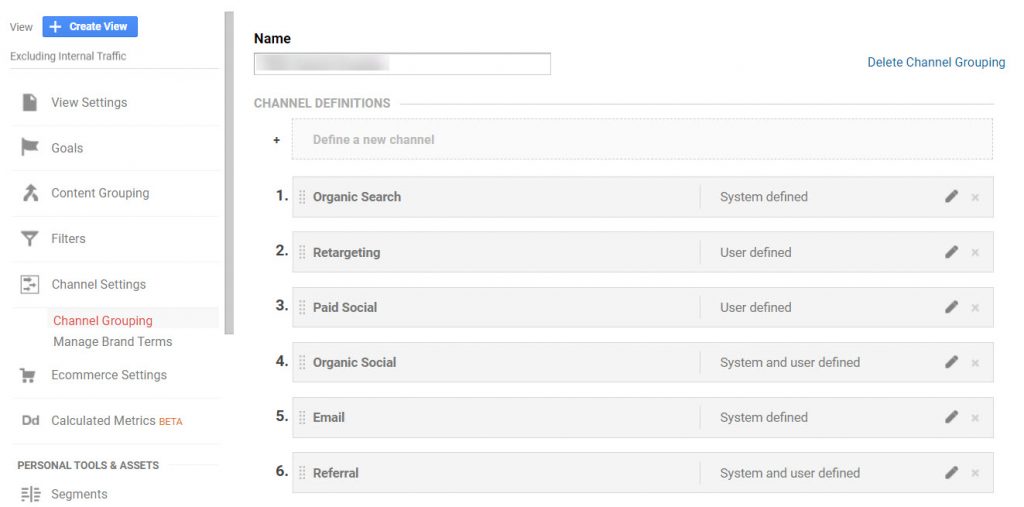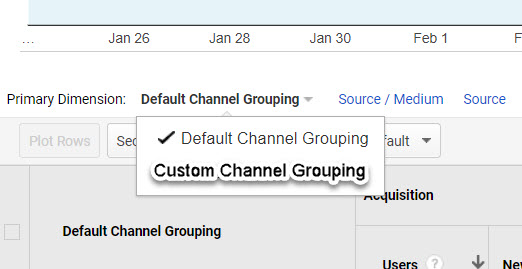Imagine the last thing you bought online and the journey to your purchase.
My last purchase was a pair of sneakers from an online shoe retailer, and the journey went something like this: After deciding I wanted a pair of black sneakers, I set off into Instagram and Pinterest on my phone, searching for inspiration with searches like “outfit with black sneakers.” I pinned some photos and bookmarked some brands on Instagram. In the following days, I saw some mobile ads related to that recent activity.
A few days after that, I went to the online shoe retailer on my laptop (via the Google SERP) and pinned a bunch of shoes I liked. Finally, I went from my Pinterest board to the online shoe retailer and made the purchase on my laptop.
If you’re an online shoe retailer, you probably want to know: What channel is responsible for the conversion?
This is a question digital marketers and businesses everywhere are attempting to answer, so they can know where to invest marketing budget and into which digital channels.
To recap my journey: It involved one desktop device, one mobile device, and at least three channels. Depending on the product or purchase, user journeys can involve any number and any combination of these components.

One thing is certain—the road to a website conversion is paved with multiple touchpoints, sources, and devices. And Google Analytics has a feature to jump-start your journey.
Google Default Channel Groupings
The good folks at Google Analytics have provided us with something that attempts to address this question: “Default Channel Groupings.” These are predefined categories that track web traffic and tell you where people came from.
The official Default Channel Groupings in Google Analytics are:
- Direct
- Organic Search
- Social
- Affiliates
- Referral
- Paid Search
- Display
- (Other)

This isn’t a bad baseline, when you consider capturing channels for all websites in the world. But one size does not fit all when you’re trying to understand the online user journey that drives conversions for your company.
Default Channels Are Limiting
For example, the default channels have broken out “Organic Search” and “Paid Search.” This is useful because businesses want to know how much earned traffic they get from SERPs, and how much of it is paid.
However, a channel like “Display” has subsets of traffic that often have two budgets and two entirely different purposes: Programmatic and Remarketing. According to the Default Channel Groupings, they fall under the same bucket of traffic. This makes analyzing traffic volume from those channels, and cost per conversion, more difficult to parse out.
New Channels to Consider in Your Google Analytics Reporting
Creating custom channels is an opportunity to improve the success of the digital marketing channels relevant to your business. Here are some examples of channels we recommend implementing, and why they would supplement your reporting.
Programmatic and Remarketing
As previously mentioned, “Programmatic” and “Remarketing” would be two useful new channels, which each have separate budgets, intentions in the user journeys, and contribute differently to conversions.
Paid Social
“Paid Social” is another front-runner in my book! Similar to how “Organic Search” and “Paid Search” are separated, knowing the difference in social traffic on a paid versus owned basis would make a big difference in attribution and strategy.
SMS Text Ads
Text Ads are a unique subset of marketing that can also drive website traffic. If tagged appropriately with UTM parameters, you could trace text traffic into its own custom channel, rather than falling into the fated “Other” bucket.
Traffic From the “Other” Channel Grouping
Speaking of the “Other” channel category, this is a great potential place to find new channels, consolidate channels, or to route certain source/mediums into other existing channels. Traffic that falls under “Other” is traffic where Google Analytics can recognize the source/medium, but it doesn’t fall under any other existing channel definition. Below, I’ve dug into the Portent Google Analytics under “Other” to illustrate how this can be done.
The Source/Mediums highlighted in yellow can be routed into existing channels, such as “Email” or “Social.”
The purple Source/Mediums could be given new channel groupings, such as “Paid Social” and “Off-Page SEO.”

How to Determine Your Customer Channel Groupings
If you’re ready to create custom channels for your Google Analytics, this is how I recommend starting:
- Review where your traffic currently falls under default channel groupings
- Make a list of your marketing activities
- Use that information to determine what custom channels you need
Review “Source/Medium Traffic and Where it Falls in Your Existing Default Channel Groupings
The goal with this step is to view existing traffic channels and determine whether you agree or disagree with how they are placed. When you review the existing “Source / Mediums” in your Google Analytics, do you agree with how they are categorized? Is there traffic in “Referral” that you want to show as “Social” or “Organic Search” or something else instead?

Make a List of Your Existing Marketing Activities
The goal of this step is to identify any website-driving activity that hasn’t already been captured in the existing Default Channel Groupings. Think of your marketing efforts and how they are driving people to your website. They may be paid, organic, and even offline efforts. The purpose here is to capture all activities and determine 1) how they might be categorized into channels, and 2) how they may be tagged with “Source/Mediums” that make sense for your business.
One example of this is print/offline media. If you’re using a QR code on home mailers, you could tag the URL in a way that indicates that this source belongs in a channel you create for “Offline-” or “Print-” driven traffic.
Determine Your Custom Channels
After creating your comprehensive list of existing marketing activities, you’re ready to distribute your list of Sources/Mediums into channels! Some may align with the default channel grouping definitions, and others you will need to define yourself.
Keep in mind: After you’ve determined your dream list of custom channels, and which Source/Mediums align with those channels, it will be up to your team to tag URLs with appropriate UTM parameters for Google Analytics to be able to read traffic the way you want it to.
For example, if you decide you want “Facebook / paid-social” to fall under a custom “Paid Social” channel, then you need to manage your paid Facebook ads so that all URLs are tagged with that Source/Medium for continuity.
Create Your Custom Channel Groupings in Google Analytics
It’s time to implement your new channel strategy! Because this process is dependent on knowledge of Regex, I recommend brushing up on that here first if you need to.
Navigate into the Admin section of Google Analytics. Under the “View” section, there is a section called “Channel Settings,” and “Channel Grouping” is a subset of that:

At this point you can either:
- Update the existing Default Channel Grouping, or
- Create a New Channel Grouping
I recommend that you create a new channel grouping, for data integrity, and for an ongoing reference of how Google Analytics classifies traffic. That way, you have a point of comparison and an “original” classification.

You can see that channels can be “System defined” as Google defines them, “System and user defined” where you can supplement existing channel definitions, or entirely “User defined.”
System Defined:

System and user defined:

User defined:

The result is that you’ll have a new set of channel groupings which will be made up of both existing and new definitions:

After you’re done creating channels, that’s it! In Google Analytics, you’ll also be able to toggle back and forth between the “Default Channel Grouping” and your new “Custom Channel Grouping.”

The process of building and maintaining custom channel groupings will give your reporting a clearer perspective of the user journey, where budget is effective, and more insights into assigning accurate attribution to your conversions.










Thanks for your tips Jackie. I’ve created a new channel grouping, by adding additional channels such as “referral publisher” / ‘referral subscription”. However, when I select the custom channel grouping, I don’t see the newly defined channels. Is there anything else that I need to do in order to see the user defined groups? Thanks for your help in advance!
Hi there,
The new custom channels should show automatically after you’ve created the custom channel groupings and click “Save” at the bottom – However, it may take up to 24 hours for a new custom channel grouping to appear live in your GA reporting. Another thing to check is the order of your custom channels, because regex will apply to them in order of placement. For more information on that, Google has provided this resource: https://support.google.com/analytics/answer/6010097